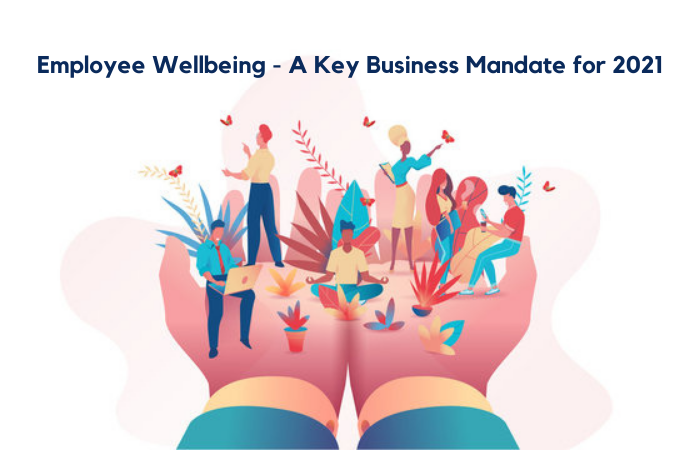Giving meaningful and constructive feedback on a regular basis is an important part of every manager’s responsibilities. Every employee deserves positive and constructive feedback to know what their strengths are and what are the areas of improvement.
While many managers find it uncomfortable to provide critical feedback to the team members, it is an important aspect of managing people. It is important to make sure the feedback is constructive and not vitriolic. This can be a very tricky task, as there is a thin line that separates feedback from criticism.

Here are seven tips to giving effective & constructive feedback.
1. Do not make it personal
While providing feedback on an issue, try to focus only on the issue and avoid reference to the person’s character. Making it personal leads to negative feelings and it makes the whole process of feedback, counterproductive. For example, if the issue is about not meeting the deadline for certain deliverables, focus on the issue of delay, without including personal remarks like “you are slow or lazy”.
2. Be specific
Another issue with feedback often is that it is vague. Many managers find it difficult to provide candid feedback for the fear of hurting the employees’ feelings. But it is important to be specific so that the employees clearly understand what is it that they need to improve on. Explain what is expected from them and where did they fall short of the expectations. Emphasise on the facts and not the feelings. Taking the same example of delay in meeting the deadline; you can emphasise on the issue by pointing out that the delay leads to other tasks getting delayed and overall project deadline getting hampered. You should avoid stating other incidents, if any, at this point and stick to the issue at hand.
3. Do it one on one
Feedback, good or bad, should always be provided one on one. The need for privacy during providing feedback cannot be emphasised enough. Making a spectacle out of the feedback session lowers the morale of not only the person receiving the feedback but also the others in the team.
4. Provide solutions
It is a good idea to include a probable solution to the problem while providing feedback. This solution can be worked out in discussion with the employee. It can be in form of an additional training, job rotation, correction of systems, or simple tips. For the employee who is not able to meet deadlines, it is a good idea to provide assistance on breaking down the task into smaller tasks and working on completing those tasks on time.
5. Listen to them
Don’t let feedback session become a one-way communication. Give the employee a chance to present their side of the story. Listening helps you understand the situation and together you can work out effective solutions. Employees take the feedback more positively if they feel they are heard. It also helps build trust and motivation.
6. Provide regular feedback
A LinkedIn Survey shows that 80% of Gen Y prefers instant feedback over annual reviews. It helps them work out the improvement plan immediately. Timely feedback helps faster resolution of issues and provides better chances of improvement.

7. Provide appreciation where it is due
Lastly, providing positive feedback or appreciation, where it is deserved, is equally important. It helps the employee realise they are on the right course and can work on improvement strategies wherever needed. It is a good strategy to keep a balance between positive & negative feedback. Going overboard on either can defeat the purpose of feedback. Learning how to provide constructive feedback to your employees will help you create a positive work e




